With the development of web applications, test automation has become an indispensable element. In this article, we will explore Laravel Dusk, a powerful tool of the Laravel framework for automated UI testing. Laravel Dusk provides a simple API to run a headless browser to verify that your web application is working as expected by simulating user interaction.
What are the benefits of using Laravel Dusk for automated UI testing?
- Fast and reliable testing: Laravel Dusk is a fast and reliable testing tool designed to shorten the testing cycle while simplifying the testing infrastructure.
- Better test coverage: Use Laravel Dusk to test many aspects of your application, such as form validation, user actions, authentication, etc.
- Simulate actual user interaction: Laravel Dusk tests your application by simulating actual user interaction, so you can make sure your application is actually working the way it's supposed to.
- Situational testing: You can perform tests through different scenarios. This means you can test many different scenarios, such as testing specific web pages, testing different user roles and permissions, etc.
Next, let’s take a look at how to use Laravel Dusk for automated UI testing in Laravel.
Prerequisites:
- Laravel 5.4 or higher
- PHP 7.0 or higher
Step 1: Install Laravel Dusk
Laravel Dusk is part of the Laravel framework, so we need to install the Laravel framework first. To install Laravel framework, run the following command:
$ composer create-project --prefer-dist laravel/laravel project-name
Next, we need to install Laravel Dusk by running the following command:
$ composer require --dev laravel/dusk
Step 2: Set up Dusk
Once Once you have Laravel Dusk installed, you need to perform a few setup steps before you can start testing.
First, Dusk requires a .env.dusk.local file, which is an extension of a .env file and contains environment variables for testing. You can create a .env.dusk.local file by:
$ cp .env .env.dusk.local
Change the contents in the .env.dusk.local file to suit your testing needs.
Laravel Dusk also requires a SQLite database to store data used during testing. You can create the database by executing the following command:
$ touch database/database.sqlite
Finally, register an accessor in your AppServiceProvider that instructs Dusk to use PHPUnit's ChromeDriver.
public function register()
{
if ($this->app->environment('local', 'testing')) {
$this->app->register(DuskServiceProvider::class);
}
}
Step 3: Write the test
Now, you can start writing your first Dusk test. To write tests, create a tests/Browser directory and create a new browser test class in it.
Use Artisan Maker to easily create this file, run the following command:
$ php artisan dusk:make LoginTest
Running this command will create a new test class file named LoginTest.php, please update according to the following sample code This file:
<?php
namespace TestsBrowser;
use LaravelDuskBrowser;
use TestsDuskTestCase;
class LoginTest extends DuskTestCase
{
/**
* A Dusk test example.
*
* @return void
*/
public function testLogin()
{
$this->browse(function (Browser $browser) {
$browser->visit('/login')
->type('email', 'example@domain.com')
->type('password', 'password')
->press('Login')
->assertPathIs('/home');
});
}
}This example tests opening a local application in Chrome, then entering sample data on the login page, clicking the login button, and then verifying that the redirect path is "/home".
Finally, run the following command to run the test:
php artisan dusk
Congratulations! You have now completed the getting started tutorial with Laravel Dusk. Using Laravel Dusk, you can easily write automated UI tests to ensure your application works as expected.
The above is the detailed content of Laravel development: How to use Laravel Dusk for automated UI testing?. For more information, please follow other related articles on the PHP Chinese website!
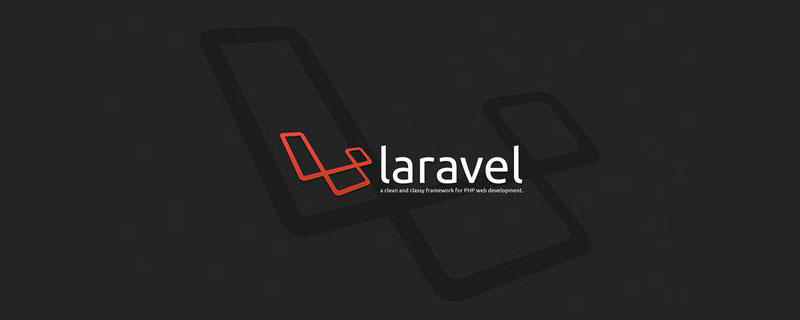 laravel单点登录方法详解Jun 15, 2022 am 11:45 AM
laravel单点登录方法详解Jun 15, 2022 am 11:45 AM本篇文章给大家带来了关于laravel的相关知识,其中主要介绍了关于单点登录的相关问题,单点登录是指在多个应用系统中,用户只需要登录一次就可以访问所有相互信任的应用系统,下面一起来看一下,希望对大家有帮助。
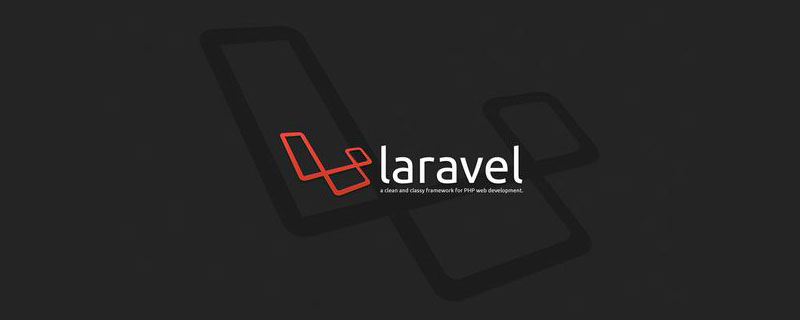 一起来聊聊Laravel的生命周期Apr 25, 2022 pm 12:04 PM
一起来聊聊Laravel的生命周期Apr 25, 2022 pm 12:04 PM本篇文章给大家带来了关于laravel的相关知识,其中主要介绍了关于Laravel的生命周期相关问题,Laravel 的生命周期从public\index.php开始,从public\index.php结束,希望对大家有帮助。
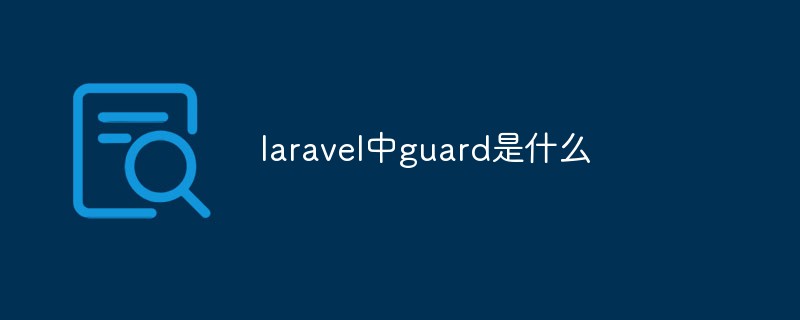 laravel中guard是什么Jun 02, 2022 pm 05:54 PM
laravel中guard是什么Jun 02, 2022 pm 05:54 PM在laravel中,guard是一个用于用户认证的插件;guard的作用就是处理认证判断每一个请求,从数据库中读取数据和用户输入的对比,调用是否登录过或者允许通过的,并且Guard能非常灵活的构建一套自己的认证体系。
 laravel中asset()方法怎么用Jun 02, 2022 pm 04:55 PM
laravel中asset()方法怎么用Jun 02, 2022 pm 04:55 PMlaravel中asset()方法的用法:1、用于引入静态文件,语法为“src="{{asset(‘需要引入的文件路径’)}}"”;2、用于给当前请求的scheme前端资源生成一个url,语法为“$url = asset('前端资源')”。
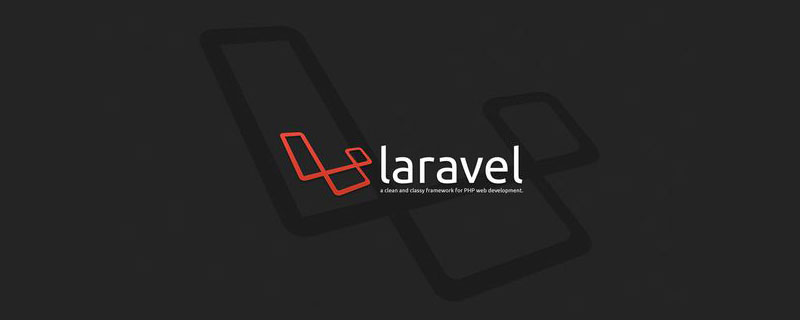 laravel中间件基础详解May 18, 2022 am 11:46 AM
laravel中间件基础详解May 18, 2022 am 11:46 AM本篇文章给大家带来了关于laravel的相关知识,其中主要介绍了关于中间件的相关问题,包括了什么是中间件、自定义中间件等等,中间件为过滤进入应用的 HTTP 请求提供了一套便利的机制,下面一起来看一下,希望对大家有帮助。
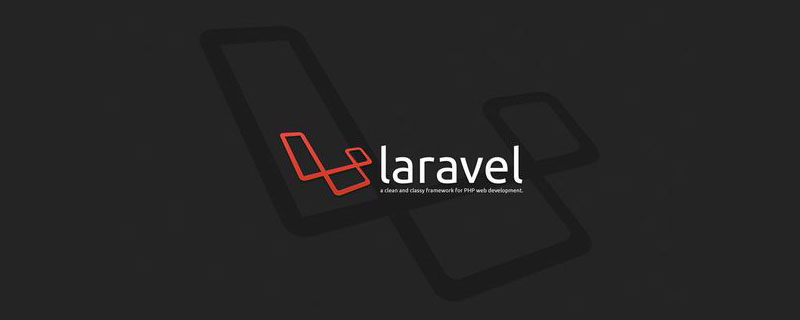 实例详解laravel使用中间件记录用户请求日志Apr 26, 2022 am 11:53 AM
实例详解laravel使用中间件记录用户请求日志Apr 26, 2022 am 11:53 AM本篇文章给大家带来了关于laravel的相关知识,其中主要介绍了关于使用中间件记录用户请求日志的相关问题,包括了创建中间件、注册中间件、记录用户访问等等内容,下面一起来看一下,希望对大家有帮助。
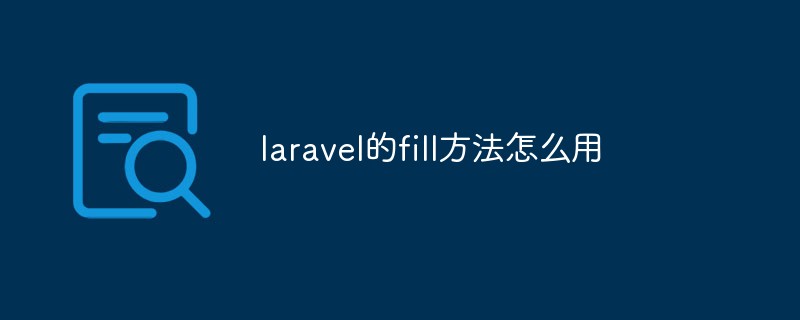 laravel的fill方法怎么用Jun 06, 2022 pm 03:33 PM
laravel的fill方法怎么用Jun 06, 2022 pm 03:33 PM在laravel中,fill方法是一个给Eloquent实例赋值属性的方法,该方法可以理解为用于过滤前端传输过来的与模型中对应的多余字段;当调用该方法时,会先去检测当前Model的状态,根据fillable数组的设置,Model会处于不同的状态。
 laravel路由文件在哪个目录里Apr 28, 2022 pm 01:07 PM
laravel路由文件在哪个目录里Apr 28, 2022 pm 01:07 PMlaravel路由文件在“routes”目录里。Laravel中所有的路由文件定义在routes目录下,它里面的内容会自动被框架加载;该目录下默认有四个路由文件用于给不同的入口使用:web.php、api.php、console.php等。


Hot AI Tools

Undresser.AI Undress
AI-powered app for creating realistic nude photos

AI Clothes Remover
Online AI tool for removing clothes from photos.

Undress AI Tool
Undress images for free

Clothoff.io
AI clothes remover

AI Hentai Generator
Generate AI Hentai for free.

Hot Article

Hot Tools

Safe Exam Browser
Safe Exam Browser is a secure browser environment for taking online exams securely. This software turns any computer into a secure workstation. It controls access to any utility and prevents students from using unauthorized resources.

SublimeText3 Linux new version
SublimeText3 Linux latest version

VSCode Windows 64-bit Download
A free and powerful IDE editor launched by Microsoft

Atom editor mac version download
The most popular open source editor

SublimeText3 Mac version
God-level code editing software (SublimeText3)






